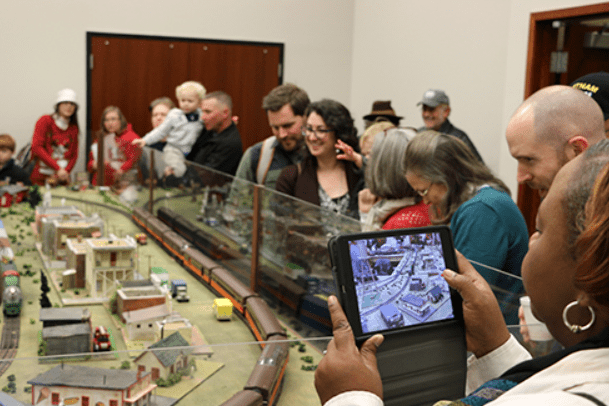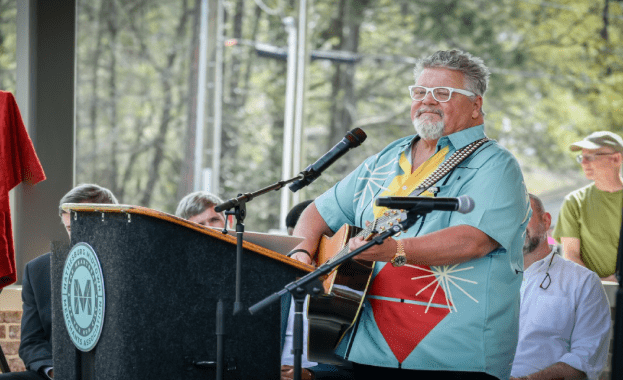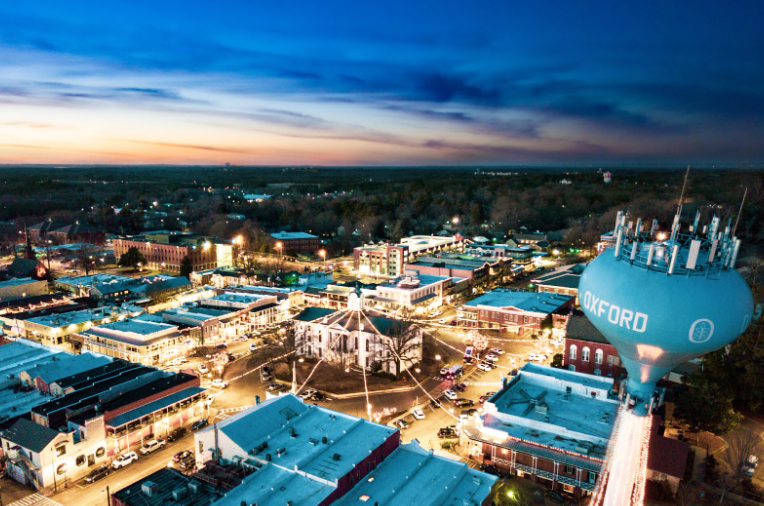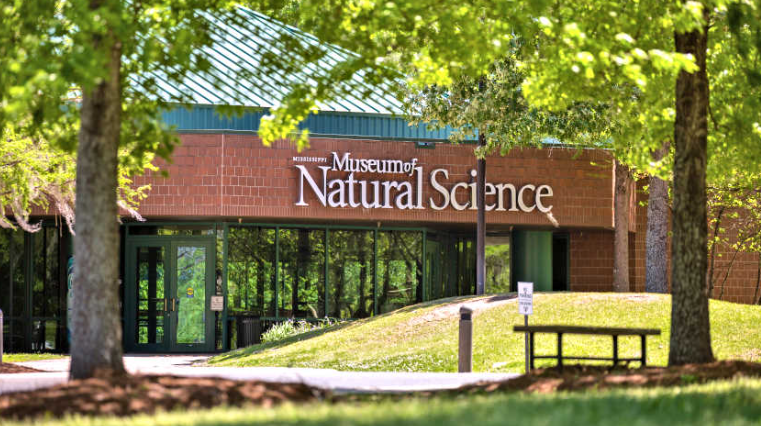
(Photo: Find It In Fondren)
- It’s an immersive reminder that science isn’t just something you read about — it’s something you walk through.
Tucked away in the heart of LeFleur’s Bluff State Park in Jackson, where the woods still hum with the quiet magic of Mississippi’s wild spaces, sits one of the most surprising and enriching places in the state: the Mississippi Museum of Natural Science. You might not expect a world-class science experience in the capital of Mississippi, but stepping through the museum’s curved glass entryway feels like entering a secret portal to the state’s ancient past, present ecosystems, and the marvels of life that often go unnoticed in our backyards. The museum’s unique approach to science, rooted in the soil and water of Mississippi, sets it apart from other science museums.
Mississippi’s Travel Attraction of the Year offers 300 acres of natural beauty. This 73,000-square-foot wonder invites guests from every corner of the country—and beyond—to meet the creatures who call Mississippi’s forests, rivers, skies, and soil home.
I’ve been to the museum a handful of times. First, as a young mother, I experienced the curiosity (and chaos) that involves three young boys being wide-eyed in front of the life-sized dinosaur skeletons. Now when we visit, we have a deeper appreciation for the intricate stories each exhibit tells. There is something grounding about walking among fossils of creatures that lived millions of years ago and then stepping outside to hear the chirp of frogs in the museum’s surrounding wetlands. It’s a place that teaches you science, yes, but it also teaches you how to see—to look closely and realize that nature has always been telling stories, if we’d only slow down to listen.
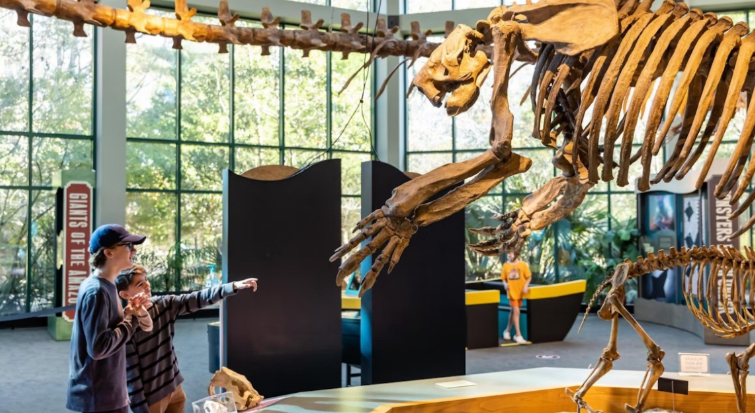
The museum, operated by the Mississippi Department of Wildlife, Fisheries, and Parks, serves as an educational hub and a research facility. It houses a wide variety of specimens, from ancient fossils to preserved birds, reptiles, and fish. The aquarium section alone is worth the visit: a 100,000-gallon network of tanks featuring over 200 native species, from alligators to snapping turtles, all displayed in naturalistic settings that mimic Mississippi’s aquatic environments.
Inside, the museum feels alive! Life-size exhibits and living animals—from white-tailed deer to darting catfish and sleepy alligators—offer a mesmerizing mix of science and storytelling.
Step into “The Swamp,” a 1,700-square-foot greenhouse brimming with lush vegetation, where you might even spot an alligator catching a nap!
But perhaps the most unforgettable part of the experience lies just beyond the walls. Outside, two and a half miles of scenic trails wind through diverse habitats—from wooded bluffs to cypress swamps, all the way to the Pearl River—offering an up-close look at the ecosystems you’ve just explored inside. It’s science you can see, hear, and breathe.
One of my favorite parts is the nature trails that wind through the adjacent parkland. There’s a boardwalk that crosses a cypress swamp, and if you’re quiet, you can spot turtles sunning on logs or a heron stalking through the shallows. The trails make for an easy but deeply rewarding hike, especially in the early morning or late afternoon when the light filters golden through the trees.

It’s an immersive reminder that science isn’t just something you read about — it’s something you walk through. Sometimes we forget that science isn’t just facts and figures; it’s also the lifelong process of being amazed.
What sets the Mississippi Museum of Natural Science apart is its commitment to telling the story of this place. Many science museums lean heavily into dinosaurs and space — and don’t get me wrong, there’s plenty of that excitement here, including a fossil hall with a massive mosasaur and a tyrannosaur skull — but this museum is rooted in the soil and water of Mississippi. It shines in its ability to take local flora and fauna and make them feel epic.
In a world that often feels frenzied, noisy, and disconnected, the Mississippi Museum of Natural Science offers a refuge. Here, you can slow down and reconnect with the natural world, and your sense of wonder. It’s not just a museum—it’s a living story of Mississippi’s wild heart.

